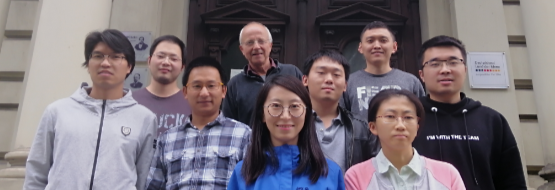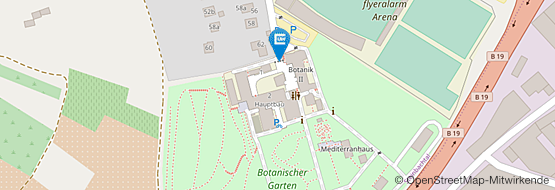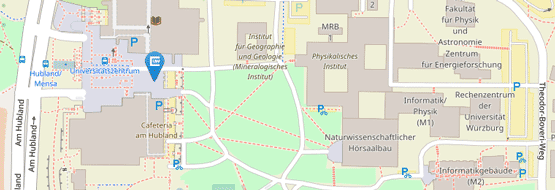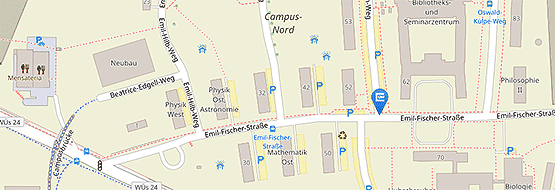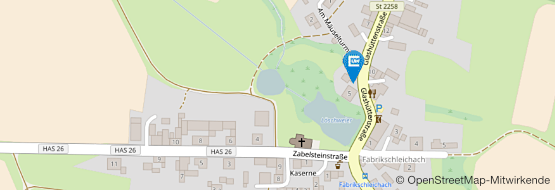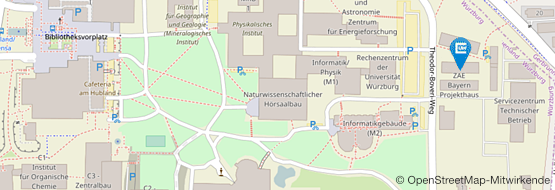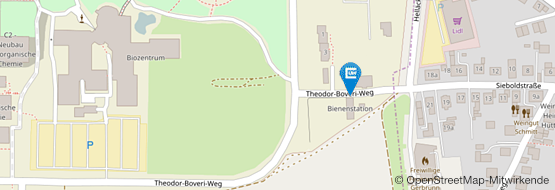Prof. Dr. Georg Nagel
Group Uni-Prof. Georg Nagel
Professor for Molecular Plant-Physiology at the Department for Molecular Plant-Physiologie and Biophysics - Botany I
University Würzburg
Biocentre, Julius-von-Sachs-Institute for Biosciences
Department for Molecular Plant-Physiologie and Biophysics - Botany I
Röntgenring 9
97070 Wuerzburg
Germany
Tel.: +49 931 31-86143
Room: 108
Projects
Photoreceptors and Optogenetics:
Most animals can see, but also microbes and plants perceive light via photoreceptors. The analysis of electrical properties of microbial photoreceptors was facilitated by expression in animal cells (first example, expressed in oocytes of Xenopus laevis: the light-activated proton pump bacteriorhodopsin, see: Nagel et al., 1995, FEBS Lett.). With this method we discovered the function of light-gated cation channels from the unicellular green alga Chlamydomonas reinhardtii, which we identified and named channelrhodopsins: Channelrhodopsin-1 (ChR1, Nagel et al., 2002, Science) and ChR2 (Nagel et al., 2003, PNAS). We demonstrated a strong, light-induced membrane depolarization after expression of ChR2 in human (HEK293) and other cells.
Since our discovery of the channelrhodopsins we collaborate with neuroscientists who demonstrated light-induced action potentials (Boyden et al., 2005, Nat. Neurosci.; Ishizuka et al., 2005, Neurosci. Res.) and light-controlled behavior of transgene animals (Nagel et al., 2005, Curr. Biol.; Schroll et al., 2006, Curr. Biol.). The light-activation of neurons by means of ChR2 was then called optogenetics and meanwhile a large number of natural and synthetic photoreceptors contribute to the optogenetics toolbox, some of which have also been described by us for the first time. Our group is interested in the characterization and generation of photoreceptors, as well as in their application in cells and living organisms.
Projects
-
Microbial Rhodopsins: Channel Rhodopsins and Pump Rhodopsins
-
Light-activated Cyclases: PAC & Cyclop
-
Improved optogenetic tools: Characterization of new rhodopsins and engineering of novel features into existing photoreceptors (funded by TR166 until June 2020)
-
platelet optogenetics (funded until June 2022 by by TR 240)



